All cats have a certain degree of intelligence which helps them understand and adapt to their surroundings. Cats are highly independent creatures capable of managing themselves daily as long as their basic food, water, and shelter needs are met. They offer companionship and friendship to humans in exchange for our services.

However, some cat breeds are more likely to have stronger independent qualities. These cats refuse to listen to their owners and spend the day ignoring everything around them. By cat standards, they are less intelligent, because they are not stimulating their minds like other “smarter” cat breeds.
Cat intelligence is measured by how well a cat observes and adapts to their environment, ability to successfully solve problems, and willingness to listen.
With that clarified, let’s dig into the least intelligent cat breeds.
American Shorthair
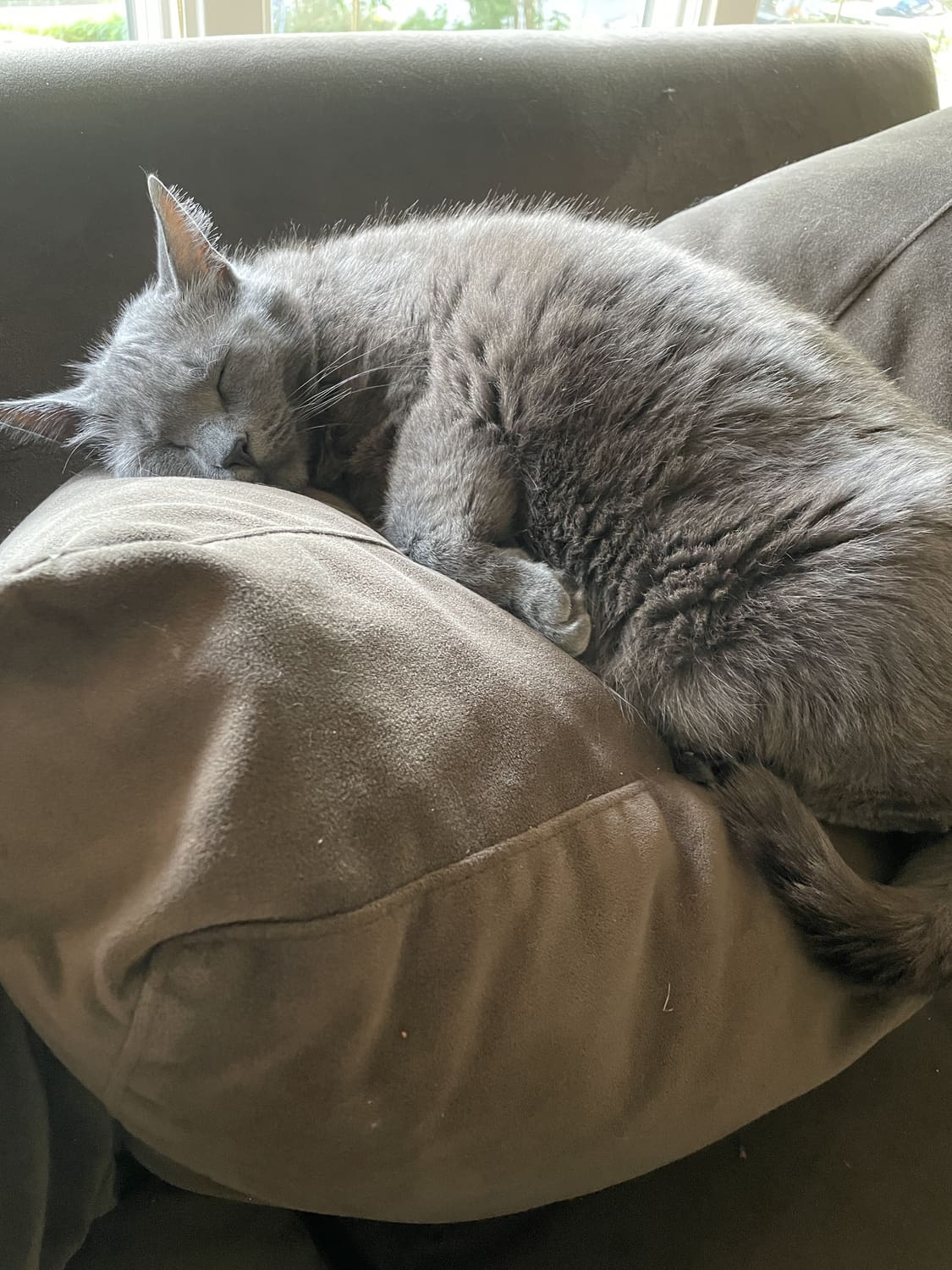
American shorthairs are extremely active and love to run around the house.
©Patrick Siren/iStock via Getty Images
Size: 8-10 inches tall, 12-15 inches long, 10-15 pounds
Lifespan: 15-20 years
Colors: tabby, bicolor, shaded, tortoiseshell, solid
The American shorthair cat breed is one of the most popular breeds in America. They can be difficult to train because of their personalities, but they are willing to learn with proper motivation.
American shorthairs are capable of learning basic commands with extensive training, but they are prone to ignoring those commands. However, they are excellent hunters for indoor pests like mice and flies. They observe their environments carefully and match their sleeping schedules with their owners.
Birman

Birmans have long and fluffy coats that give them a mane similar to a
lion
.
©Tine Robbe/Shutterstock.com
Size: 15-18 inches long, 6-12 pounds
Lifespan: 9-15 years
Colors: Lilac, blue, tortoiseshell, seal, chocolate, red, cream
Birmans are an ancient cat breed from Burma (now Myanmar). They served as temple cats for priests. Legend has it that when a priest died, his spirit would be reborn as a Birman cat.
Birmans are highly affectionate to their owners and love being pets. Unlike other cat species, they like to chatter with their owners and communicate their wants and desires often.
However, they are lap cats rather than hunters. They would rather tell their owners about a problem than solve it themselves. Birmans tend to trap themselves in small spaces and call for their owners to help them get out. They also use their vocal nature to talk back to their owners if they do not agree with certain commands.
British Shorthair

Cats have the average intelligence of a two-year-old and can understand hundreds of words.
©Freer Law/iStock via Getty Images
Size: 12-14 inches long, 22-25 inches long, 7-17 pounds
Lifespan: 15-20 years
Colors: Black, chocolate, cream, tabby, lilac, white, blue, fawn, tortie
The British shorthair is a combination of American shorthair and Persian, originally bred in the 1960s. British shorthair cats are similar to the American variant, but they are more likely to lounge around the house than play.
These cats love to rest, sleep, and watch the day pass. They make excellent family pets because they are quiet, love to snuggle, and can be easy to handle in a calm environment.
British shorthairs are highly stubborn when learning commands like stop or no. They sleep anywhere they please, ignoring their owner’s pleas to avoid curling up on their laptop.
Exotic Shorthair
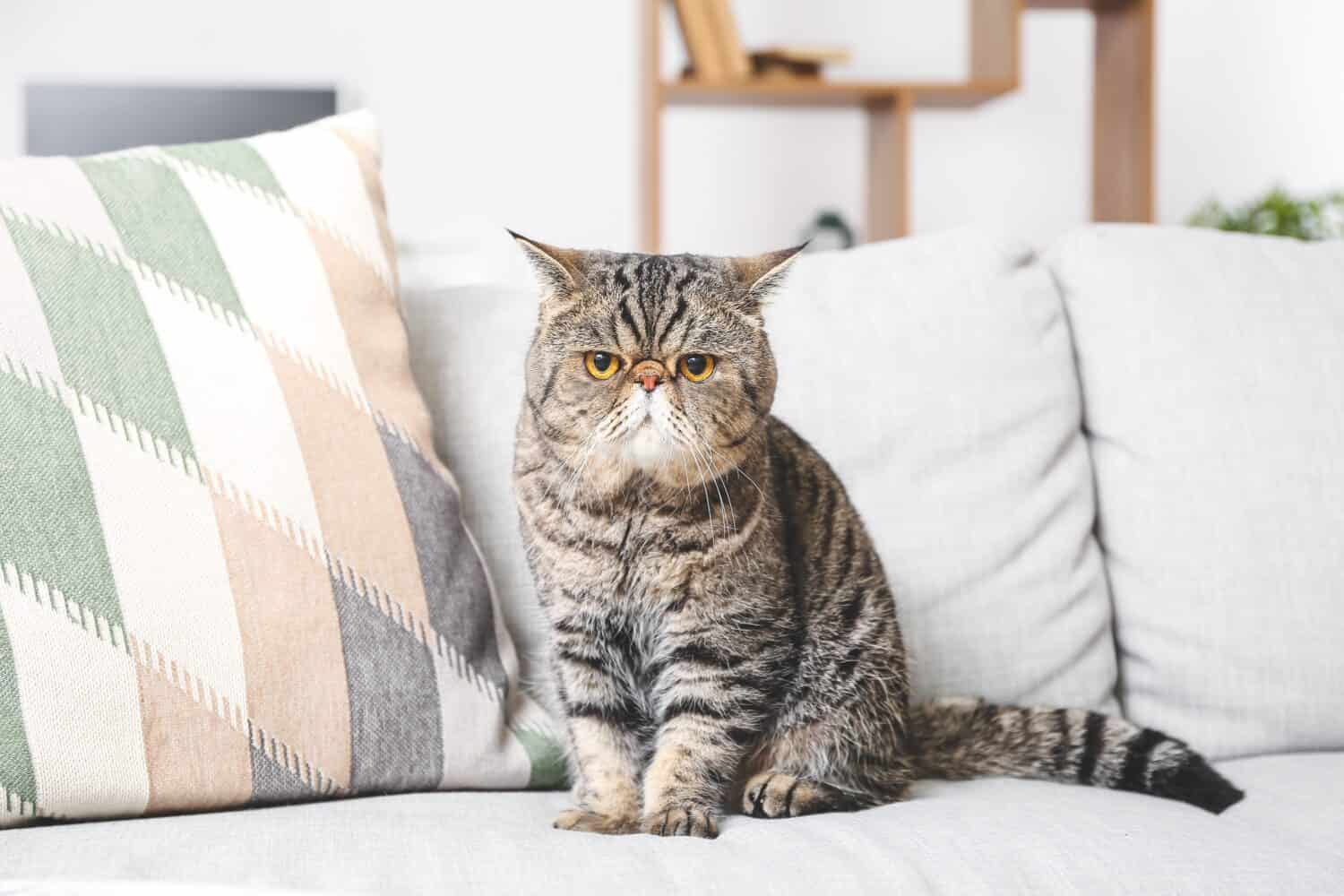
Cats with short faces have a harder time breathing and are susceptible to respiratory infections.
©Pixel-Shot/Shutterstock.com
Attribute: 10-12 inches, 10-12 pounds
Lifespan: 8-15 years
Colors: white, blue, red, lilac, tricolor, shading, calico, tortie
Exotic shorthairs are similar to Persians. They have short faces and stubborn personalities. Alongside their lazy demeanor, they are calm and gentle and enjoy relaxing with multiple people instead of their primary caregivers.
Exotic shorthairs happily accept love and attention from everyone, making them less stubborn than other felines.
Also, these cats are slightly more willing to learn small tricks for food. It requires a lot of patience and time to teach them, but it can be done.
Himalayan
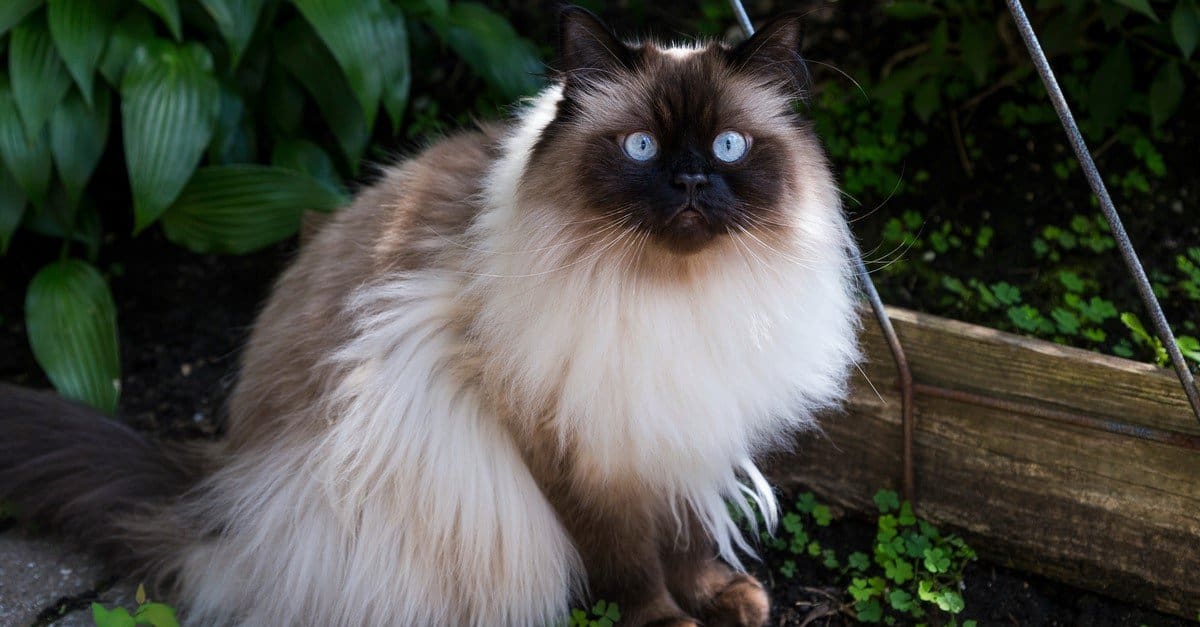
Their long and silky coats provide Himalayans with extra warmth during the winter months.
©Anne Richard/Shutterstock.com
Size: 11 inches tall, 7-12 pounds
Lifespan: 9-15 years
Color: chocolate, lilac, cream, blue point, seal, flame point
Himalayan cats are a combination of Persian and Siamese. They are incredibly stubborn animals with loving hearts.
Himalayan cats are incredible problem solvers and hunters, protecting their houses from vermin and creating an environment to suit their needs. The breed is highly intelligent in most categories but frequently dismisses their owners’ commands.
Many Himalayans are capable of understanding and performing small tasks like locating treats. Despite proving capable of problem solving, they prefer to wait for their owners to solve their problems for them.
Serengeti
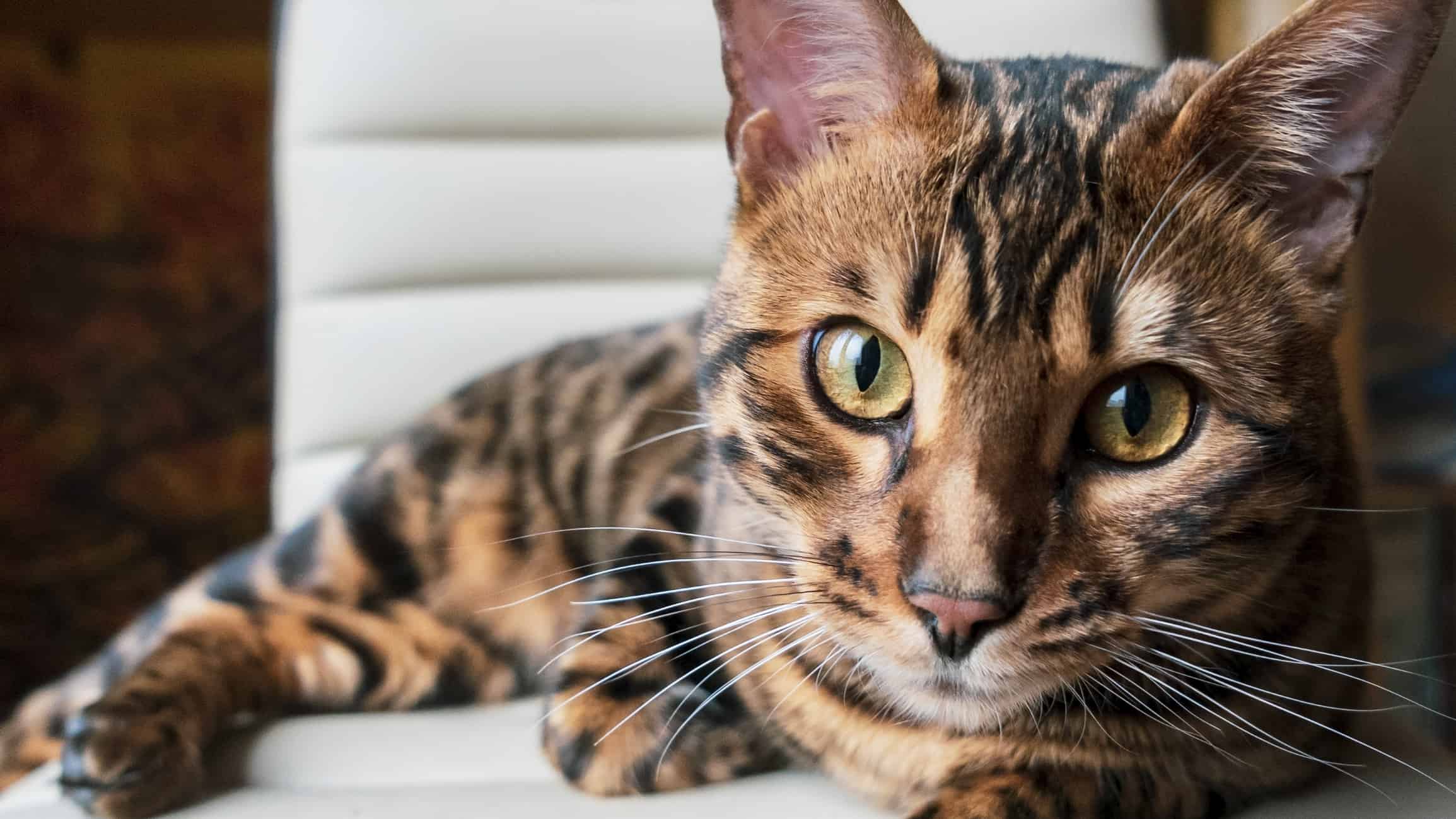
Bengals and Serengeti are exotic cat breeds that have more wild cat traits than domestic ones.
©Ivan Murauyou/iStock via Getty Images
Size: 8-10 inches tall, 8-12 pounds
Lifespan: 9-15 years
Color: tabby, ebony, silver, smoke, black
First created in 1994 in California, this cat is a crossbreed between a Bengal and Oriental shorthair. These cats love to learn and explore their environment. Serengeti are capable of learning tricks and partially willing to follow commands for treats.
However, their desire to learn is overshadowed by their willful personalities. Owners must entice Serengeti with something to make them follow commands or learn a trick. Despite their penchant for observing their environment, they take time to adjust to changes or learn new habits.
Munchkin
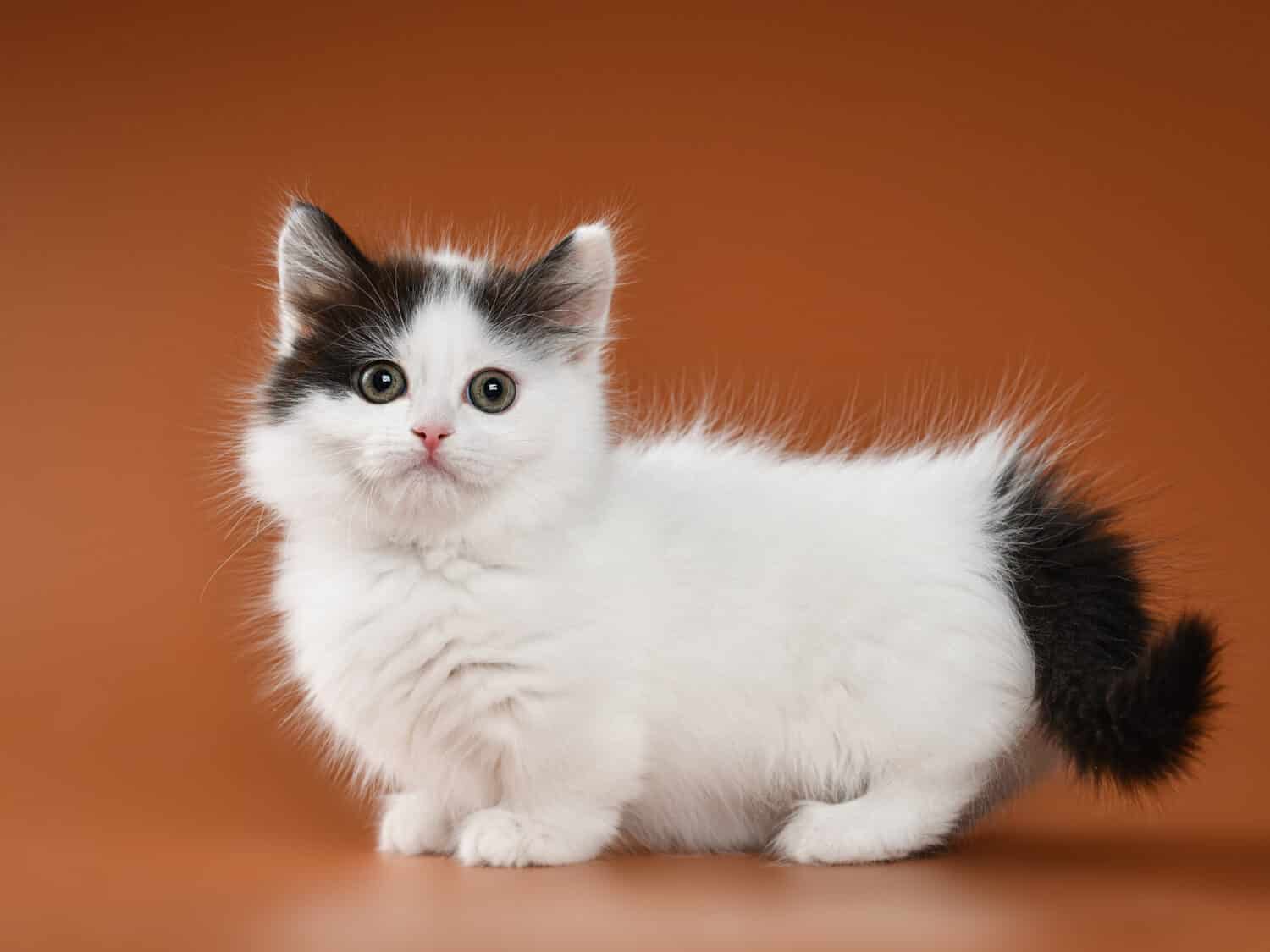
Munchkin cats are extremely rare and hard to breed.
©MDavidova/Shutterstock.com
Size: 5-7 inches tall, 4-9 pounds
Lifespan: 12-15 years
Color: all colors and patterns
Munchkins are a unique cat breed because of their genetically mutated short legs and medium-sized body. The first Munchkin cat was a genetic mutation that people found delightful, and continued breeding to make more.
This rare breed loves being close to their owners and snuggling with them all the time. They have little desire to explore their surroundings and interact with others outside of their trusted owner.
Their affection makes them excellent companions and support animals, but they have little desire to engage with anyone or anything else in their environment which makes them low on the intelligence ladder.
Persian

Persian cats have thick fur, so they spend most of their day grooming to keep clean.
©auliazuswana/Shutterstock.com
Size: 10-15 inches tall, 14-17 inches long, 7-12 pounds, 15-20 year lifespan
Color: black, cream, tabby, blue, red, chocolate, calico, tabby, lilac
Persians are another ancient cat breed from Persia, (now Iran). Several cats on this list have Persian attributes in them which makes them willful and difficult to train. Those personality traits stem from the Persian cat and its notorious attitude.
Persian cats have unique faces that make them look angry or irritated (depending on the individual). The breed can be affectionate and good companions, but they are incredibly difficult to motivate. They constantly ignore their owners and spend their time grooming their thick coats.
Getting a Persian cat to listen to their owner will be incredibly difficult unless training starts when they are kittens.
Ragdoll

Cats are excellent support animals. They help their owners look away from electronic screens.
©A-Z-Animals.com/Alanna Davis
Size: 9-11 inches tall, 17-21 inches long, 8-20 pounds, 12-15 year lifespan
Colors: chocolate, cream, bicolor, ginger, lilac, mink, blue
Ragdoll cats are a crossbreed between Persians and Birmans. Similar to other large and fluffy cat breeds, they are incredibly gentle and cuddling with their owners. Ragdolls got their name because they will act like a ragdoll and go limp when being held.
These adorable cats are the perfect companions for a calm and quiet house, but they will rely on their owners to solve their problems like finding a treat. They will ignore commands or calls unless it is exclusively about food. Ragdolls may not pay attention to their humans unless they wish to snuggle with them or get their attention.
Scottish Fold

Because of their genetic mutations, Scottish folds are prone to health issues as they age.
©Alexander Sobol/Shutterstock.com
Size: 8-10 inches tall, 6-13 pounds, 11-14 year lifespan
Color: calico, blue, cream, shaded, smoke, tortie, tabby
Scottish folds are another cat breed that was born from a genetic mutation. The first Scottish fold was Sue, a barn cat born in Scotland in 1961. Her ears had unique cartilage issues where they folded over. Other cat lovers found the trait unique and bred more of them.
Scottish folds are extremely observant of their surroundings. Because of their folded ears, they do not take in as much information as regular cats through listening and must pay more attention to their world to adapt.
Scottish fold owners debate whether the breed has trouble hearing or prefers to just ignore their owners. Veterinarians indicate Scottish folds have good hearing to assess their surroundings, making it likely the breed is stubborn.
The photo featured at the top of this post is © JulieAlexK/iStock via Getty Images
Thank you for reading! Have some feedback for us? Contact the AZ Animals editorial team.






